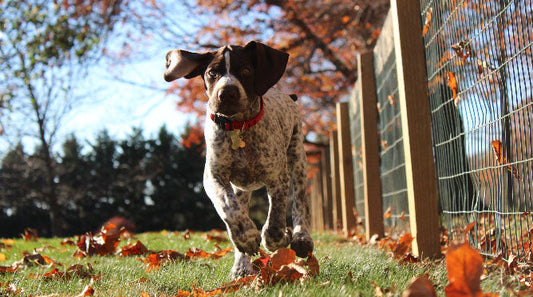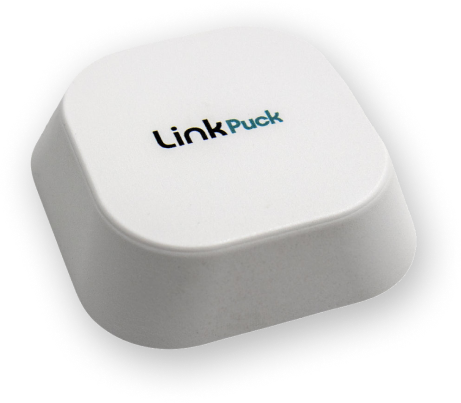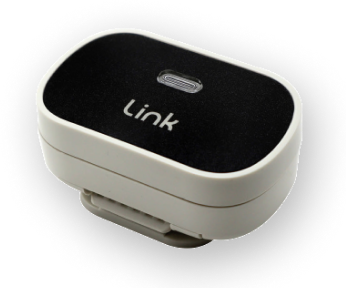You do your part to help others. You even donate blood regularly to help save the lives of those who might need a transfusion. But what about your dog? Can your dog be a blood donor to help other dogs in need? Yes, they can! Here's what you need to know about canine blood donors.
Blood Banks
Dogs have several different blood types including a "universal donor" much like humans. Some veterinary hospitals keep dogs on hand who can provide blood when needed. But other places, particularly smaller hospitals, rely on volunteers to donate.
Different blood banks have different regulations about how often a dog can donate. Some limit them to only four donations per year, while others allow them to donate every six weeks. The vet's first priority is your dog's health, though, so they won't call them in any more than is needed.
The Criteria
Is your dog eligible to give blood? Different blood banks have different criteria, and different states have different regulations, but here are a few general rules of thumb. Your dog should be:
- At least 50 pounds
- Between one and seven years old
- Calm, friendly, and not given to stress or panic when it comes to going to the vet
- In generally good health and free of any blood diseases (e.g. Lyme disease)
- Current on all vaccinations
- Taking medication for heartworm prevention
If you have a bulldog or a pug, or a similar breed with flat facial features, they tend to be less suited for blood donation. Talk to your vet to see if they're a good candidate to be a donor.
The Process
You've had your furry friend checked out, and they're good to go as far as donating blood. So what's the actual donation process like? What can they (and you) expect?
- Some canine blood banks will ask that your dog fast for a certain period of time before coming in. You might want to ask about this when you set the appointment. But even when fasting, your dog should still get plenty of water. Not only is it healthy, it's helpful to the donation process.
- While humans give blood from their arms, dogs' legs don't really have any veins good enough for a proper donation. Therefore, the blood is taken instead from the jugular in their necks. The area is sterilized, and the blood is taken out using a needle.
- The needle can pinch a bit but doesn't actually hurt the dog. If there is any pain or discomfort, the vet can give them a topical anesthetic to counteract it. They're also given a soft bed to lie on during the donation process, and someone is on hand to keep them calm and happy.
- The process can take anywhere from 10 to 30 minutes to complete. Once it's finished, they're given pets and cuddles and - much like human blood donors - treats. Some donor clinics also provide chew toys, bandanas, and other thank you gifts to dogs who give blood.
If you'd like for your dog to become a blood donor, do some research into the canine blood banks in your area. Call them and ask what their process is for donations and if your dog can be put on their list of donors.
Canine blood donation is a simple process, but both incredibly beneficial and rewarding. It gives your dog an opportunity to save another dog's life. Is there a nobler cause than that?





